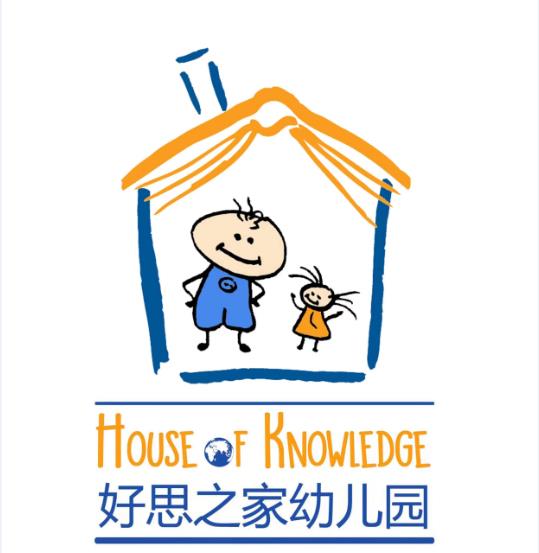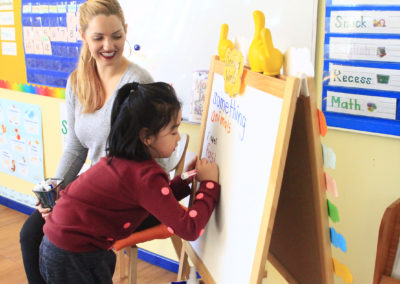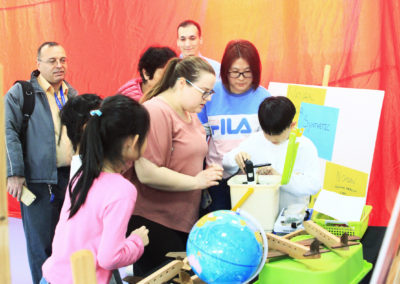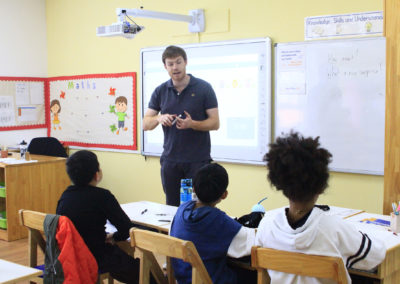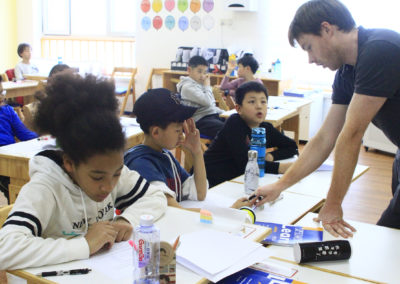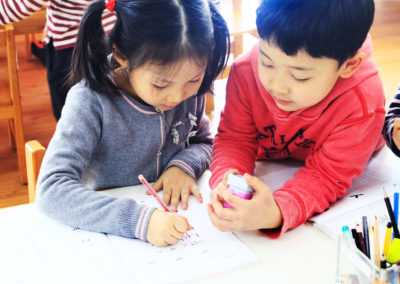This academic year at HOK, we have started using the Cambridge Primary Curriculum to teach English Language Arts. This curriculum focuses on teaching English by integrating a variety of topics and subjects in a cross-curricular fashion. The curriculum provides a multi-cultural approach to becoming fluent in English. For example, this year students have been studying reading texts that have been taken from a variety of countries around the globe. Students are also assessed using exams that are provided by Cambridge. Each learner receives twice-yearly individualized reports about their progress towards objectives that are laid out in the Cambridge Framework. These regular reports are produced from the results of internationally-standardized tests.
Daily learning activities link directly to quality texts. Each unit of learning lasts for around three weeks and refers to a variety of cultures and subjects. Here are some examples of multi-cultural and cross-curricular learning at each grade level:
In first grade, the Cambridge Curriculum offers a multi-cultural approach by displaying images of characters that come from different ethnic backgrounds. The curriculum exposes children to different cultures by using names and places taken from different countries. Students also link their English skills to scientific learning by reading and writing about dinosaurs and animals in their classes.
In second grade’s “Olympics” unit, students identified the names of different countries. There were strong sporting links within this unit. Students have also been applying phonetical patterns whilst creating posters to advertise their own play script around the world.
Third graders at HoK have been reading letters, emails and postcards in their correspondence unit. These have been from different cities around the world such as Dubai, Abuja, New York and Mumbai. Currently, students are incorporating Science with reading as they learn about hygiene and bacteria. They also wrote a non-fiction poem from the perspective of a ‘germ’.
In fourth grade, students have used historical inquiry to examine how children lived in the U.K during the 1,800s. Scholars have examined Japanese poetry and the geographical process of how tsunamis are formed. Children have also looked at traditional stories from the African countries of Eritrea and Kenya and examined the morals of characters in these tales. Their English lessons have also linked between subjects like Food Technology when they read an explanation text about how butter is made.
These learning activities highlight how students are gaining more than just grammar and spelling skills as they develop a global and cross-curricular understanding by studying the Cambridge Curriculum.
